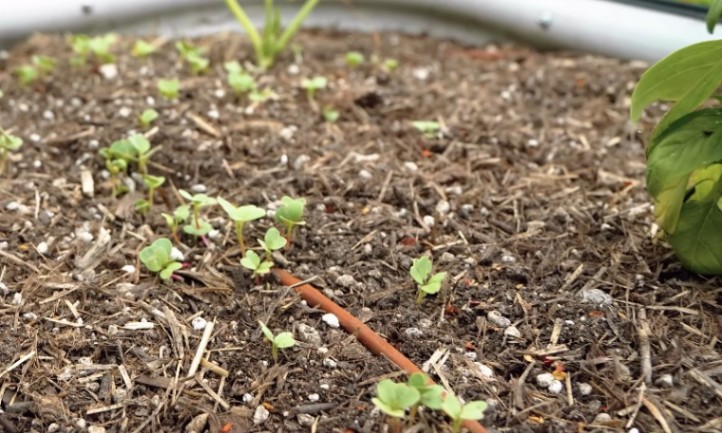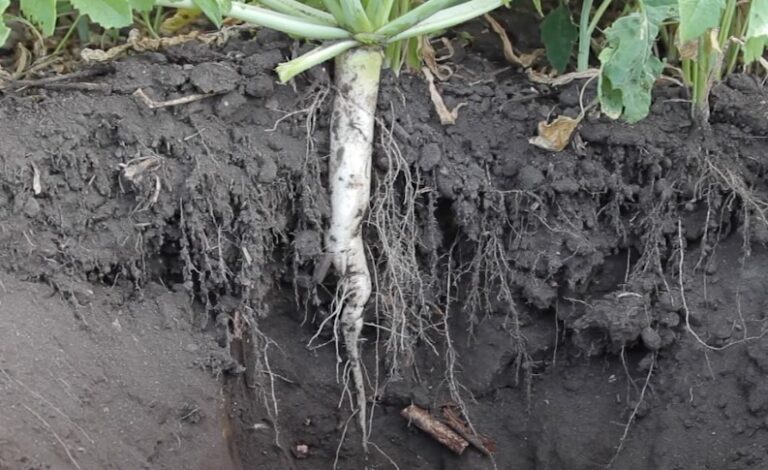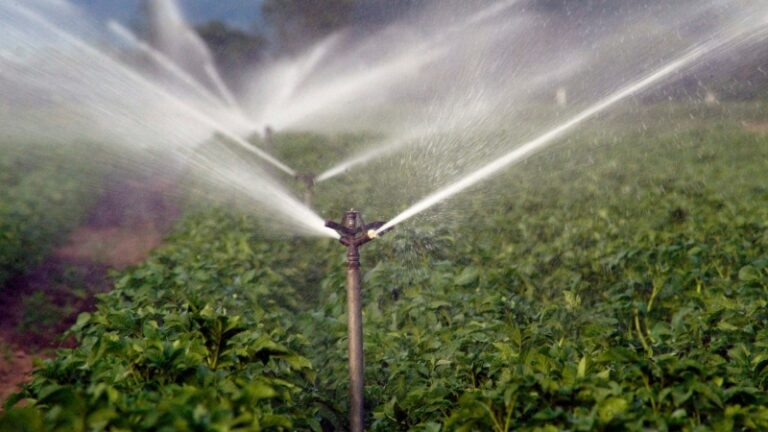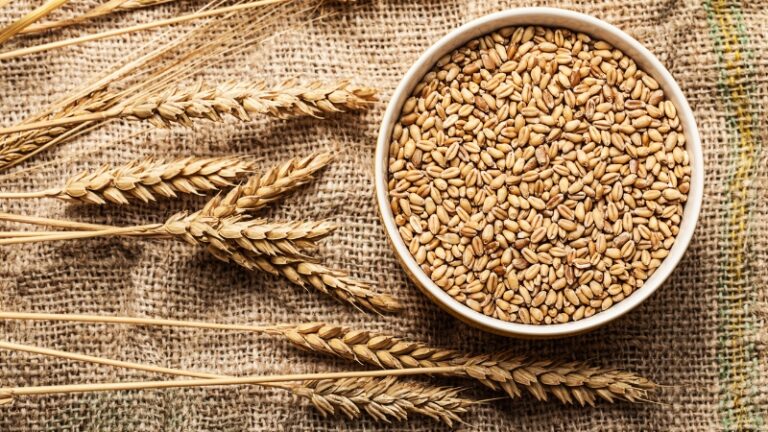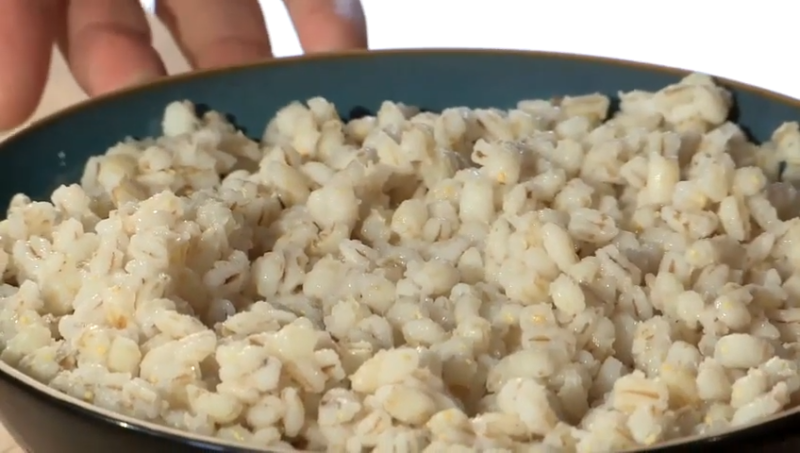As environmental concerns rise and the need for sustainable food sources intensifies, barley (Hordeum vulgare L.) has emerged as one of the most promising crops for sustainable agriculture.
An ancient grain cultivated for over 9,000 years, barley is a cool-season, winter-annual grass known for its resilience, adaptability, and minimal resource demands.
Native to Eurasia and Northern Africa, barley has the unique ability to thrive in a wide range of environmental conditions, including drought-prone and saline soils, making it a strategic crop for regions facing climate instability.
Key Characteristics
Barley is distinguished by several physical and biological characteristics that contribute to its sustainability:
Type: Winter-annual, cool-season grass
Height: Ranges from 24 to 48 inches
Biomass Yield: Between 6,800 to 12,900 pounds per acre
Nitrogen Content: Approximately 1.2%
Tolerance Levels: Moderate drought tolerance, high salinity tolerance, and adaptability to lighter, drought-prone soils
Flowering Season: From April to July, with many cultivars maturing by early spring
Resilience to Climate and Environmental Conditions
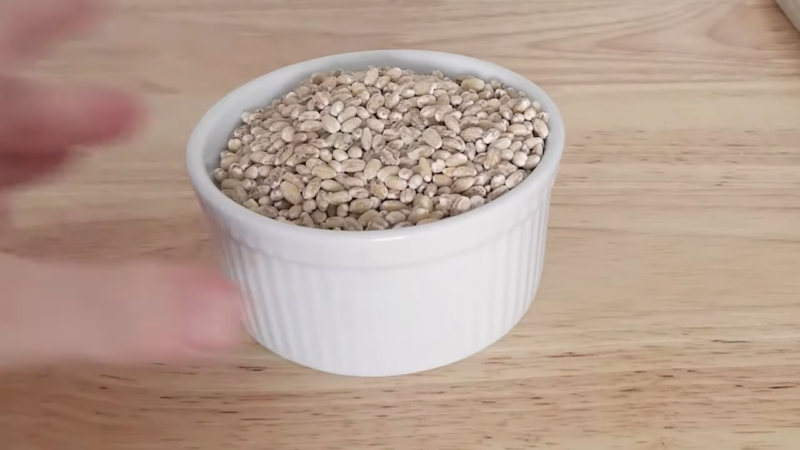
One of the foremost reasons for barley’s sustainability is its adaptability to a broad range of environmental conditions. Barley grows best in cool, dry climates but is also able to withstand extreme weather conditions, including heat, drought, and even cold, wet weather.
It requires a mild winter climate and performs well at high altitudes with short growing seasons, making it ideal for regions with limited growing windows.
Research has demonstrated that barley is more tolerant to salinity than any other cereal crop, a characteristic of increasing importance as the salinization of soils becomes a global issue.
Here is the table for crop tolerance characteristics:
Crop Type
Drought Tolerance
Salinity Tolerance
Temperature Tolerance
Barley
Moderate
High
Cold and moderate heat
Wheat
Moderate
Moderate
Cold
Oat
Low
Moderate
Moderate
Cereal Rye
High
Moderate
Cold
Soil Health Contributions: Root Systems, Biomass, and Nitrogen Management
Its impact on soil health is profound, benefiting agroecosystems by improving soil structure, retaining nutrients, and minimizing erosion. Its fibrous root system, which can reach depths of 1.8 to 2.1 meters, contributes to effective soil stabilization.
Barley is also effective in nutrient retention and nitrogen management, particularly when used as a cover crop. As a green manure, barley residues decompose at a moderate rate, enriching the soil with organic matter and slowly releasing nitrogen.
By preventing nitrogen leaching, barley contributes to a closed nutrient cycle that protects water quality and minimizes the need for external fertilizers.
Research has shown that barley can accumulate significant nitrogen levels, with values reaching up to 36.2 kg/ha when used as a catch crop following nitrogen-fixing legumes.
Barley’s carbon-to-nitrogen ratio also supports microbial activity in the soil, promoting nutrient cycling and improving overall soil fertility.
In addition to its value in agriculture, barley also plays a significant role in the brewing industry, supporting local economies and providing an essential ingredient for craft breweries.
Water Efficiency and Drought Tolerance
Barley’s moderate drought tolerance is another critical factor that supports its sustainability. In areas where water resources are limited, barley proves advantageous because it requires relatively less water compared to other grains. Its efficient water use allows it to thrive in semi-arid regions and conserve water in agricultural systems.
Additionally, certain barley cultivars, such as ‘Solon,’ require even less irrigation, making them suitable for water-scarce regions.
Its drought resistance is supported by its adaptability to different planting densities, which can optimize water use. High-density plantings help barley suppress weeds by shading and competing for soil moisture.
Barley’s Contribution to Biodiversity and Ecological Health
By establishing a dense canopy, barley shades out weed seedlings, which helps maintain a healthier ecosystem with reduced herbicide inputs.
Additionally, its compatibility with intercropping systems allows it to support crop diversity, which is essential for promoting ecosystem resilience.
In vineyards and orchards, for instance, barley can act as a winter cover crop, providing ground cover that reduces soil erosion, suppresses weeds, and enhances the habitat for beneficial insects that can help control pests.
Crop Rotation and Cover Cropping Systems
Its adaptability makes it an excellent component in crop rotation and cover cropping systems, which are critical in sustainable agriculture. When used as a cover crop, barley provides ground cover, reduces erosion, and contributes to the nitrogen cycle, particularly when rotated with legumes.
Furthermore, barley’s role in reclamation of saline soils, due to its high salinity tolerance, makes it a valuable crop for restoring degraded agricultural land. By including barley in crop rotations, farmers can improve the soil health and productivity of their land over the long term.
Nutritional Benefits of Barley
Provides a rich source of carbohydrates, dietary fiber, and protein. It is particularly high in beta-glucan, a soluble fiber associated with health benefits like reduced cholesterol and improved blood sugar levels.
Its nutrient profile supports a sustainable food source that meets dietary needs in a resource-efficient way.
Nutrient
Amount per 100g
Calories
354 kcal
Carbohydrates
73.5 grams
Dietary Fiber
17.3 grams
Protein
12.5 grams
Fat
2.3 grams
Beta-Glucan
3-5 grams
Minerals
Magnesium
133 mg
Phosphorus
264 mg
Potassium
452 mg
Calcium
33 mg
Vitamins
Vitamin B3 (Niacin)
4.6 mg
Vitamin B6
0.3 mg
Folate
23 mcg
Challenges and Considerations
While barley has many advantages, there are some considerations to keep in mind.
Certain barley cultivars are susceptible to lodging, a condition where plants fall over under high sowing densities or heavy rain, which can complicate harvest.
Some cultivars, like ‘Beecher,’ are particularly prone to lodging under dense planting conditions, and care must be taken to manage plant density to avoid this issue.
Conclusion
Barley’s unique characteristics—including its resilience, adaptability, and minimal resource demands—make it an essential crop for sustainable agriculture.
Its ability to thrive in challenging environments, combined with its contributions to soil health, water efficiency, biodiversity, and economic stability, highlights barley as a valuable asset in efforts to create a sustainable, resilient food system.
As farmers and researchers continue to explore the potential of barley in sustainable agricultural practices, this ancient grain stands ready to support food security, economic stability, and environmental health for generations to come.
Related Posts:
- Why Stiff Muscles Are Often Overlooked as a Cause of…
- Why Non-Surgical Treatments for Bunions Are Often Preferred
- Is That Gardening Tip Legit? Why You Should Be…
- 5 Most Common Problems with Case IH Farmall Tractors
- 10 Best Crops to Grow Indoors for Higher Quality Harvests
- How To Grow Popular Garden Crops At Home From Seed…


